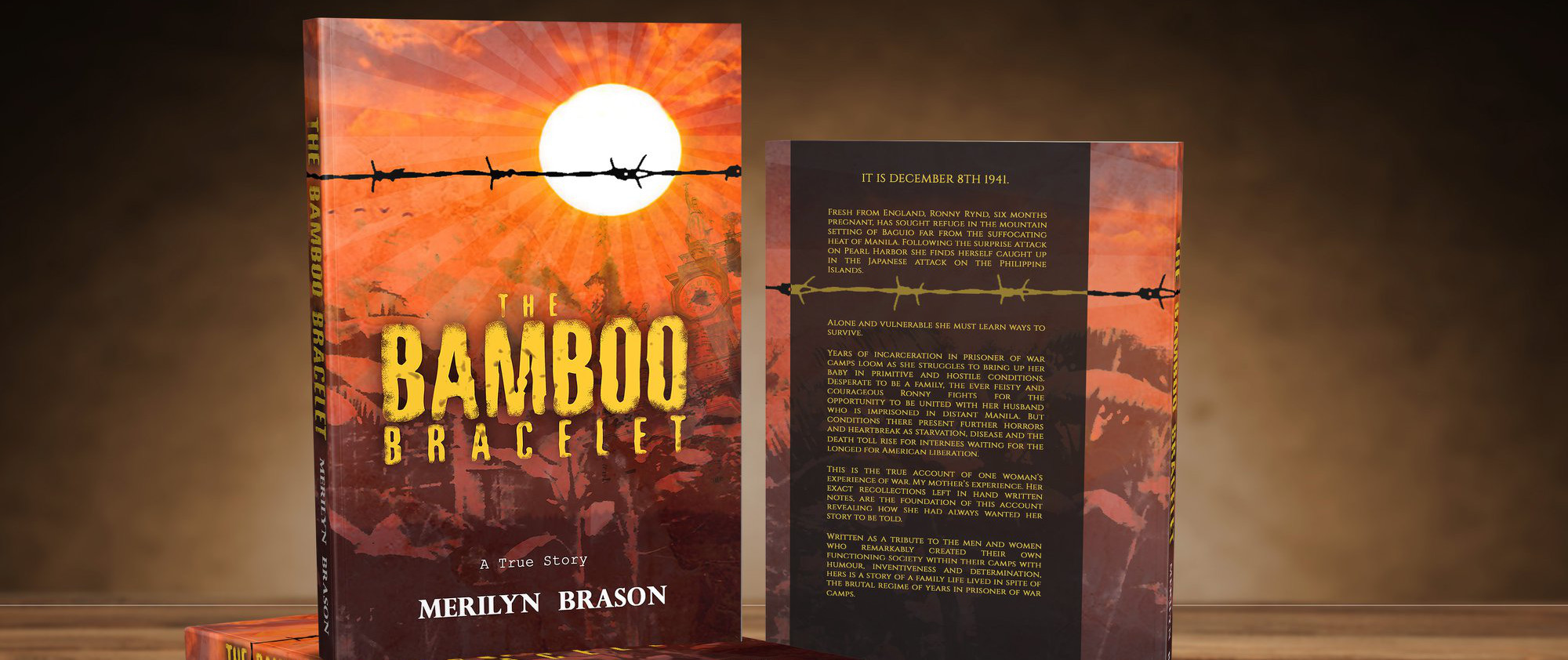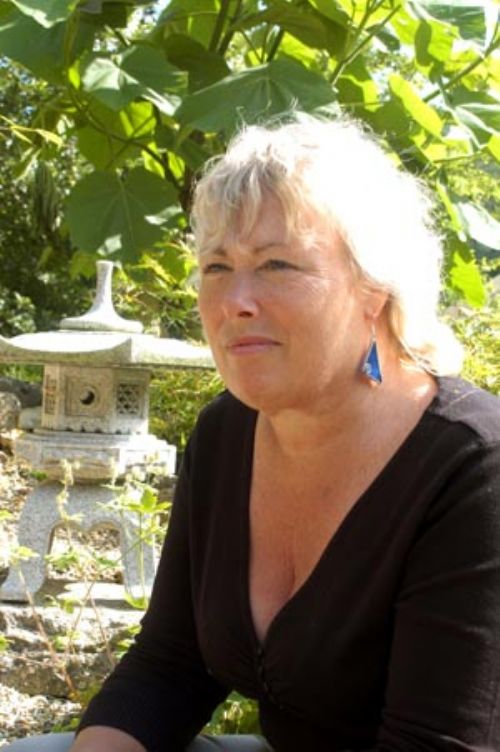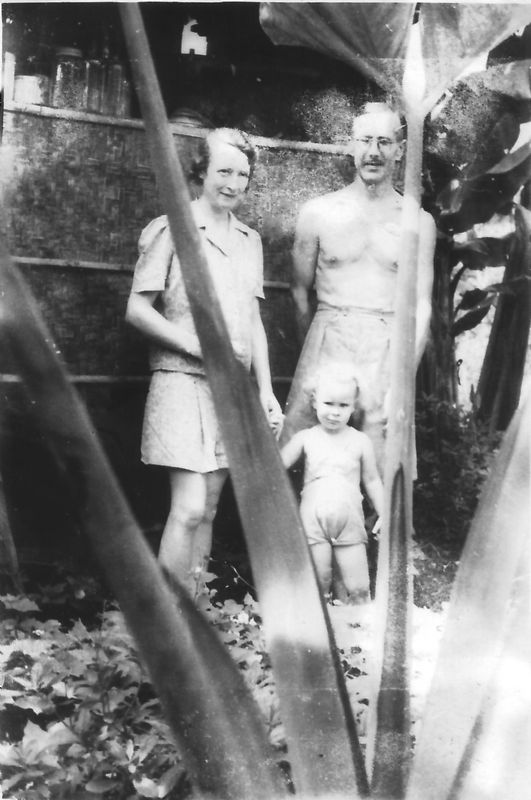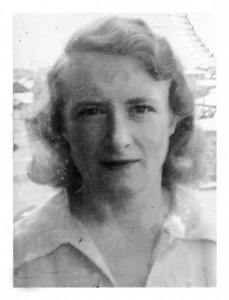The Bamboo Bracelet

“Writing The Bamboo Bracelet has been an amazing journey,” says Merilyn Brason. “I have learned so much about my mother as a woman and about myself as a first-time writer.”
Merilyn Brason has lived in mainland China, Nigeria and Australia, where she worked as a radio journalist. She is now a retired psychotherapist. Her home and studio, where she paints land and seascapes, is near Stroud. The Goods Shed will hold an exhibition of her paintings in February and March 2021.
The Bamboo Bracelet is published by Matador and is available from good bookshops including Yellow Lighted‘s shops in Tetbury and Nailsworth. It’s also available from online sellers.
Writing her mother’s story
“As a child I was brought up with my parent’s story and as children do, accepted their accounts as normal. It is my mother’s perspective of history that I am telling, as Ronny always intended to write her story herself and I recall many evenings when she sat at her Chinese writing desk, positioned so that she could keep one eye on the television as she scribbled away.
“Always able to multi-task, her energy levels were impressive. She wrote copious notes and told my sister Catherine and me tales of the humour and inventiveness of her fellow prisoners, always soft-pedaling the despair. I was only to learn the full degree of the horror from the accounts of other survivors.
“Ronny never wrote her book. After she died, Catherine, who luckily for me was a hoarder, gathered the notes and stored them to be forgotten in her attic. It was only after my sister’s untimely death ten years later that I stumbled on these gems, as fresh as if my mother had just walked out of the room.
“In the moment when I decided to take up my mother’s task, I had no idea as to the enormity of the journey in front of me. I had never written a book before so took myself off to an evening class for creative writing. I started to read every book I could lay my hands on that covered this ‘forgotten’ war arena.
“The Philippines has not been covered as well as the more famous horrors of Singapore or Malaya. Researching endlessly, I struck lucky when I discovered a network of ex-internees: Maurice Francis’s ’gang’, mostly Americans or British, spread across the world, still connected with each other on the internet, clarifying memories and sharing information. They have been extraordinarily generous with their time and interest – and to my amazement some actually recalled Ronny, Pat and Catherine.
I wrote and rewrote Ronny’s story. The deeper I immersed myself, the more committed I became to telling the story of how these remarkable men and women in adversity adapted and created a society to lessen their individual pain and distress.
“There is anger, pain and humour in this story as Ronny became part of this mini world with its own structure and one solitary aim: to survive when it became evident that rescue was a distant fantasy.”


Ronny and Pat with Catherine after the Manila internment camp was liberated

